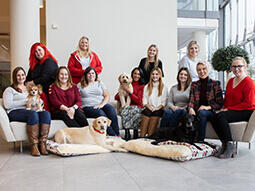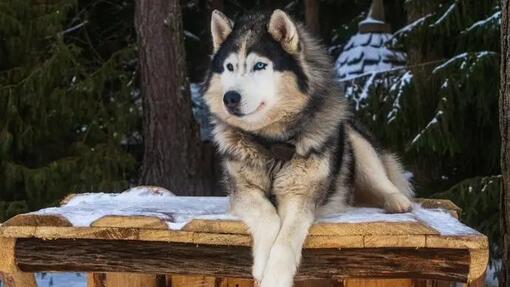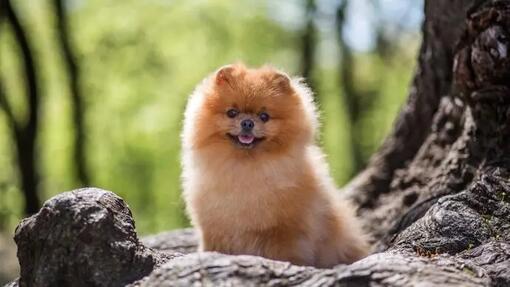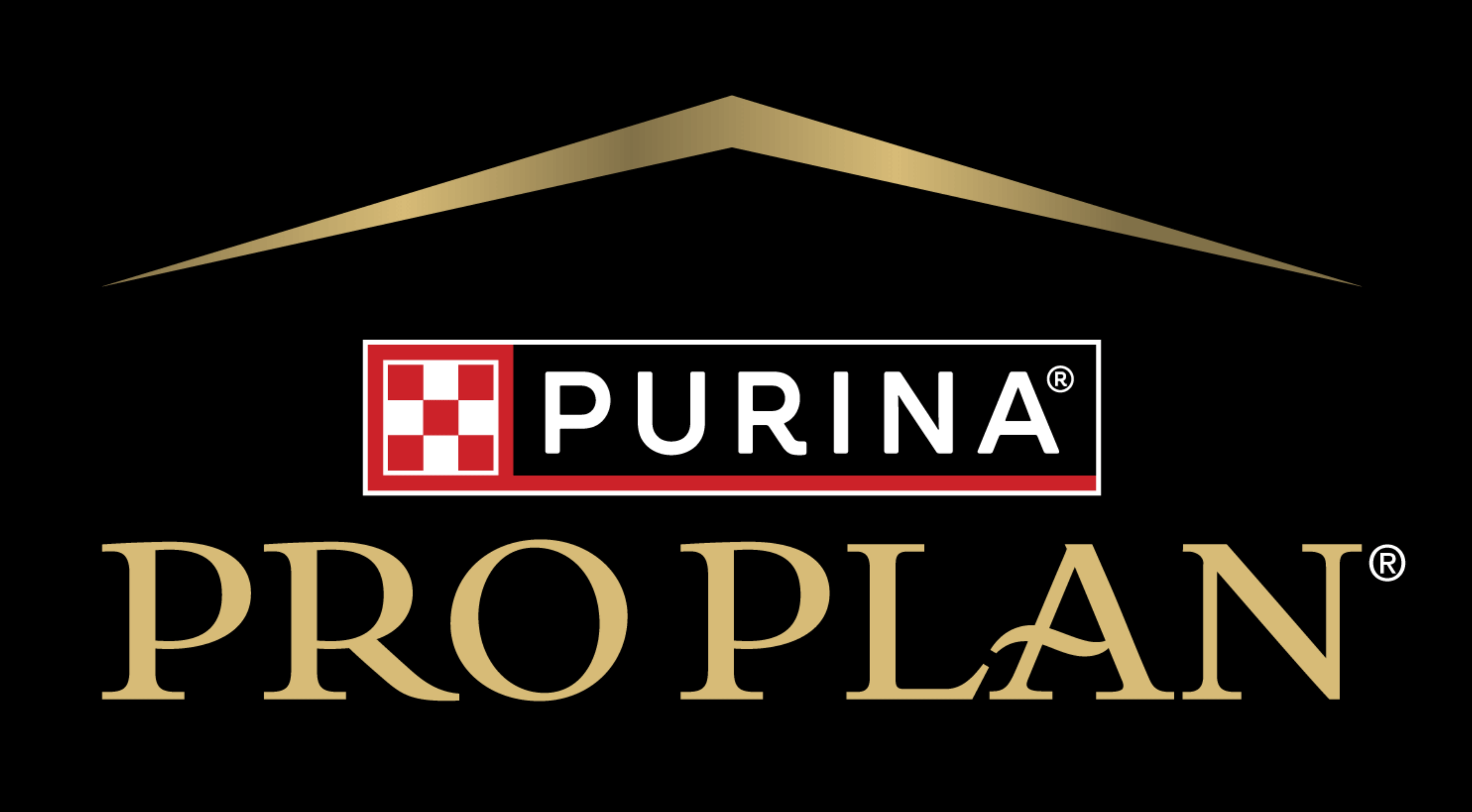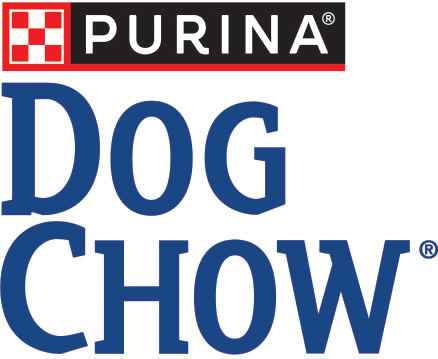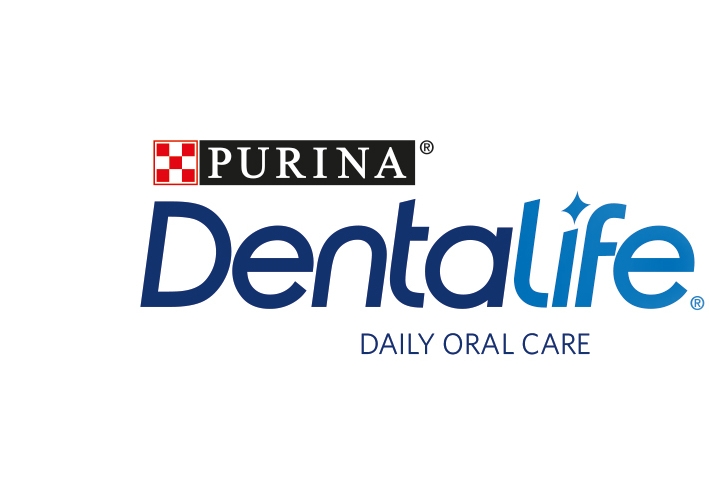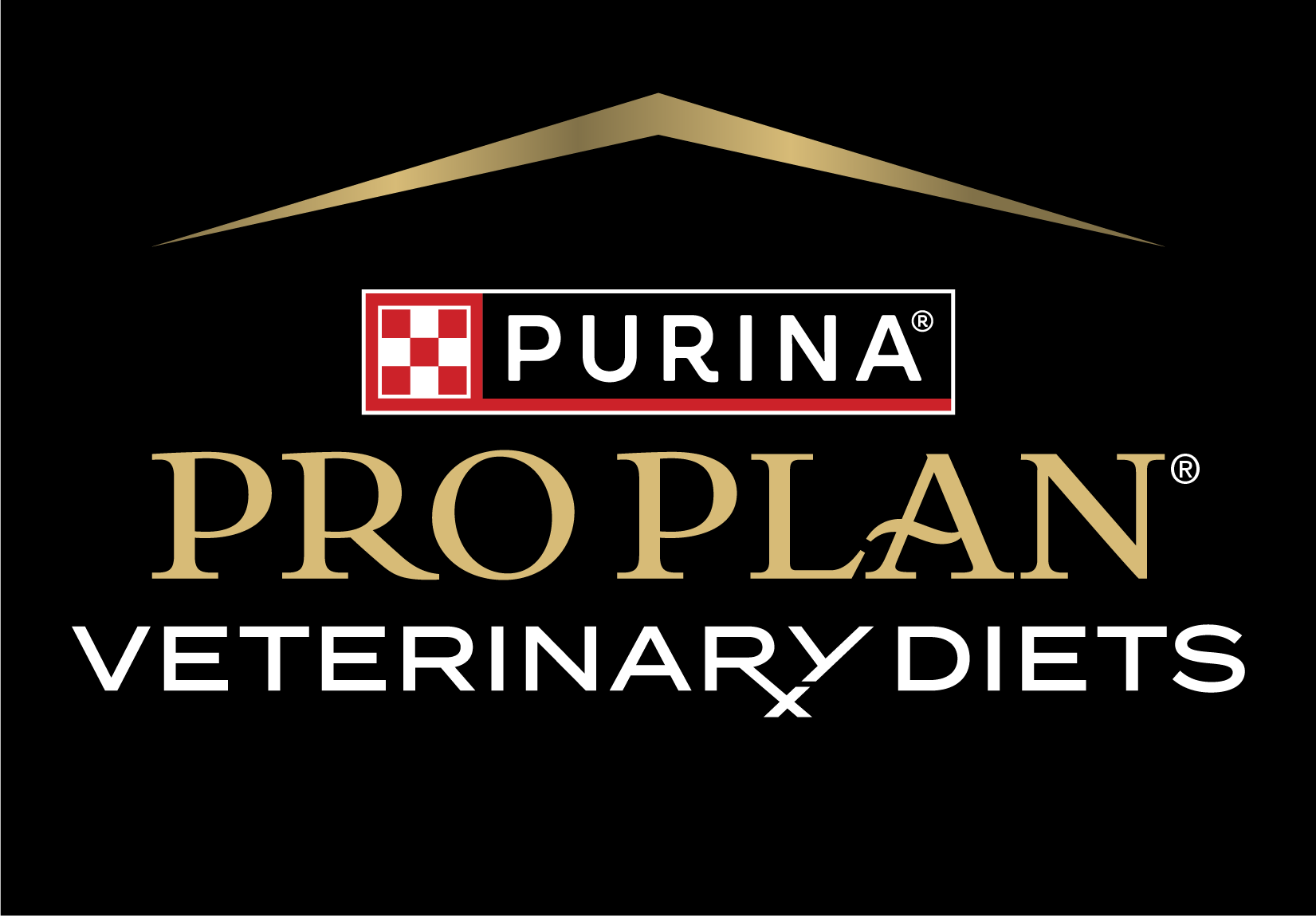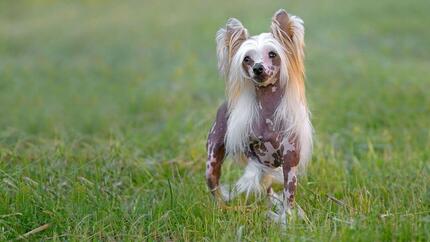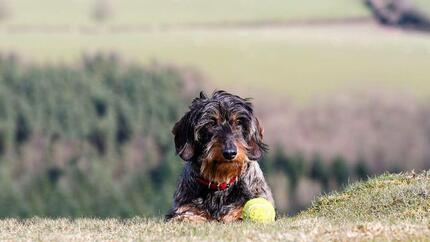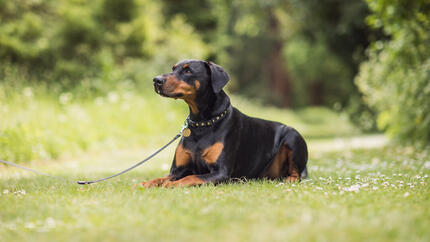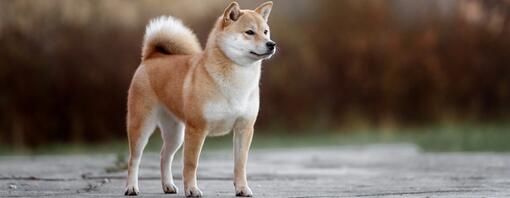
It may surprise you to learn that dogs come in two different coat types: double and single. A double-coated dog is where there’s a dense undercoat that usually consists of shorter hair and a longer top coat which are referred to as guard hair. The fluffier dogs you encounter tend to be the result of a very dense undercoat, whereas the smoother breeds are generally single-coated.
This double-coat doesn’t just serve to make them look cute and fluffy though, it’s incredibly clever! During the cooler months it acts as insulation and keeps them warmer, whereas when it’s hotter, it allows air to circulate and prevents them from overheating. That’s not all either, it also helps to repel moisture and dirt and keeps them cleaner!
Grooming double-coated dogs
The most important thing you should know is that you should never, ever clip a double-coated dog. Not only does this damage their luxurious locks (sometimes irreversibly), but it can actually make them overheat. The coat is designed to reduce exposure to UV rays and most double-coated dogs are actually pink-skinned and more susceptible to sunburn, so by clipping them you remove their built-in protection.
The correct way to groom a double-coated dog is with regular brushing (a few days a week is best for most), to prevent mats, tangles and to remove dead hair. By grooming often, you’ll improve the health of the coat, which in turn improves their ability to regulate temperature and increases airflow!
Double-coated dog breeds
Now you know how to groom a double-coated dog and what their unique coat is for, you’re probably wondering which breeds come with this type of fur. Check out our top 7 below!
1. Akita
This large and muscular double-coated dog from Japan has a very dense and plush undercoat with a short top coat. Akitas are prone to heavy shedding two to three times a year which is referred to as ‘blowing’ their coat. During this time the undercoat will shed profusely and don’t be alarmed if it comes out in clumps! At all other times of the year, they’ll just require weekly brushing.
2. Siberian Husky
Siberian Huskies are known as naturally being very clean and seldom needing baths, just weekly brushing. They have a soft and dense undercoat with a medium length, straight top coat which serves to keep them warm whilst performing their sledge dog duties in the freezing temperatures of Siberia. The undercoat will shed around twice a year when it will require a good rake out. Interestingly, Husky’s in cooler climates tend to shed far less than those in warmer areas.
3. Alaskan Malamute
The Alaskan Malamute is a double-coated dog breed with an extremely thick and waterproof coat. The outercoat is thick and coarse, the under is oily and woolly and around one – two inches deep and it actually repels damp and cold.
This impressive coat was developed to keep them warm whilst carrying out a variety of tasks from hunting to sledging in the unforgiving Alaskan climate. They require regular brushing and expect heavy shedding twice yearly.
4. Chow Chow
You’d be forgiven for thinking the Chow Chow is a bear, but we assure you, it’s just a very, very fluffy dog! Their coat comes in two varieties, rough and smooth. Rough is thick and fluffy with a soft, woolly undercoat and a proud ruff around their head and neck, whereas the smooth type has a hard, dense and smooth outer with no ruff or feathering. Regular grooming is required with this double-coated dog, at least a few times a week.
5. Pomeranian
You might not believe it, but the Pomeranian is related to the Spitz sledge dogs of the Arctic and although small, they seem to have kept their impressive amount of fluff! Their under coat is soft, thick and fluffy and their top coat should be straight and shiny with a regal looking ruff around their neck, and a tail that plumes proudly over their back.
Expect to brush this double-coated dog breed a few times a week to keep their coat free from mats.
6. Newfoundland
Donning a flat, water-resistant coat, the Newfoundland’s intelligent double coat kept them warm and dry whilst performing their duties as a fisherman’s hand. Their outer coat is coarse and long and their under is soft and dense, making them look very fluffy and cuddly. Newfie’s tend to shed all year round with the bulk of the shedding occurring around spring and autumn. Newfoundland dogs should be brushed daily, with particular attention being paid to the feathering on the legs, which can become entangled.
7. Old English Sheepdog
You have to seriously enjoy grooming to own an Old English Sheepdog. Not only does the Old English Sheepdog have a double coat, it’s long too! Their huge, shaggy coat was developed to keep them warm whilst they worked driving sheep and cattle in the rugged English landscape. Their outer coat is textured and their under is soft, and you can expect to spend a lot of time grooming it so it´s imperative you have sufficient daily time to allocate to grooming. The thick and long coat sheds heavily and you’ll need to brush it daily to keep it free from tangles. When Old English Sheepdog puppies shed their adolescent coats, it’s also very important that you spend the necessary time to ensure the old coat does not become matted with the new one.
Those are our top 7 double-coated dog breeds and how to groom them! Want to discover more about all the wonderful different types of dog? Read our guide on long-haired dogs, next.
